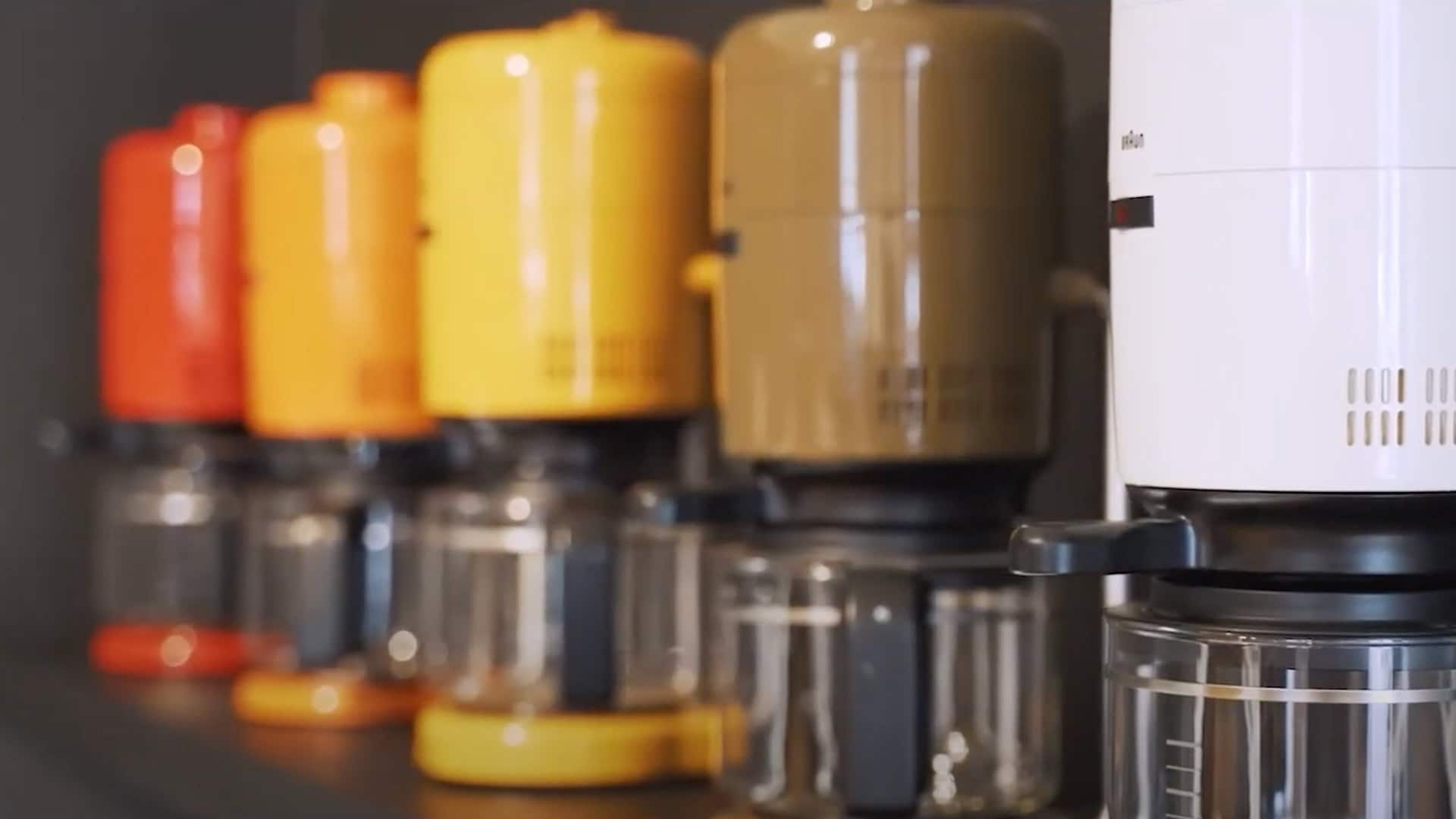インスピレーション






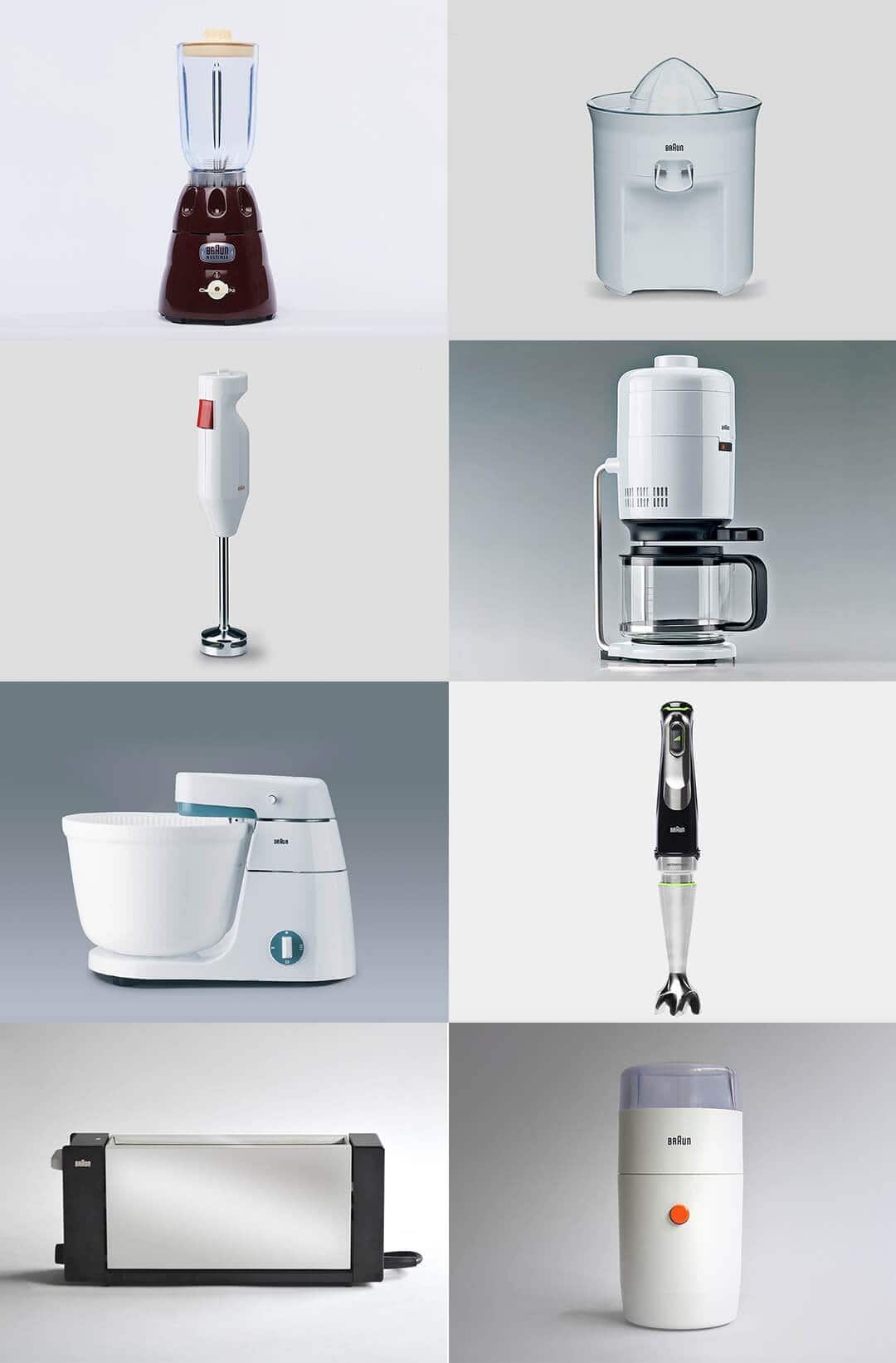
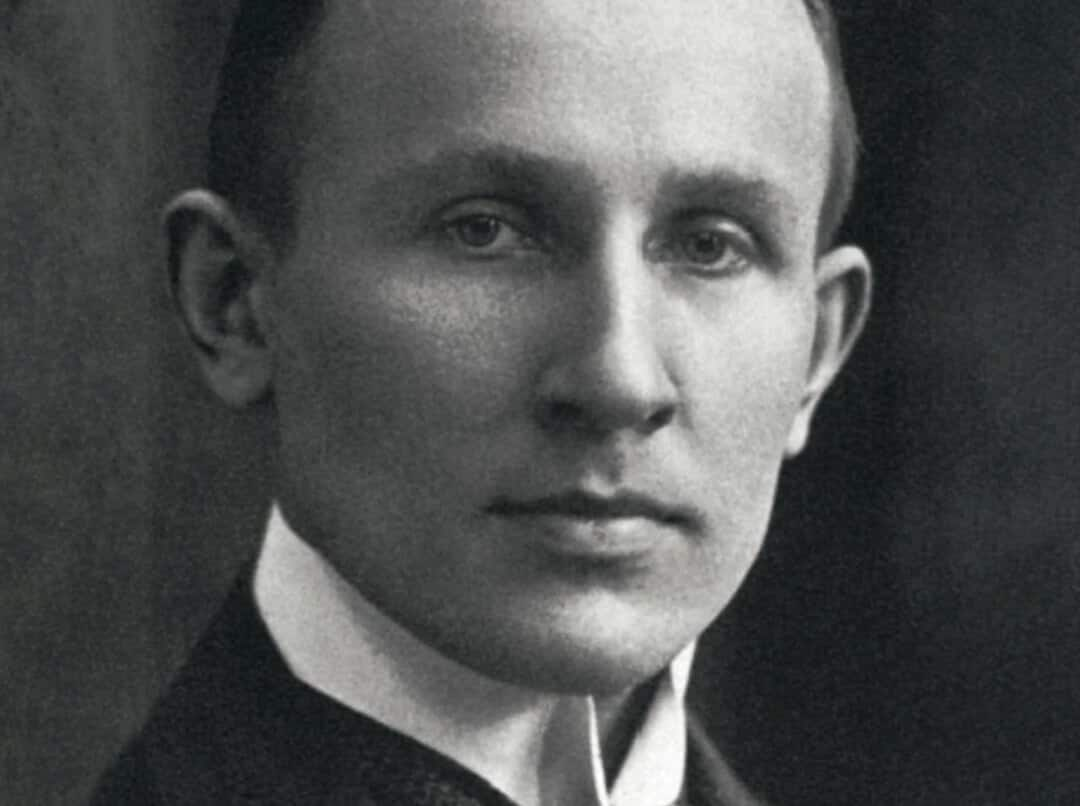
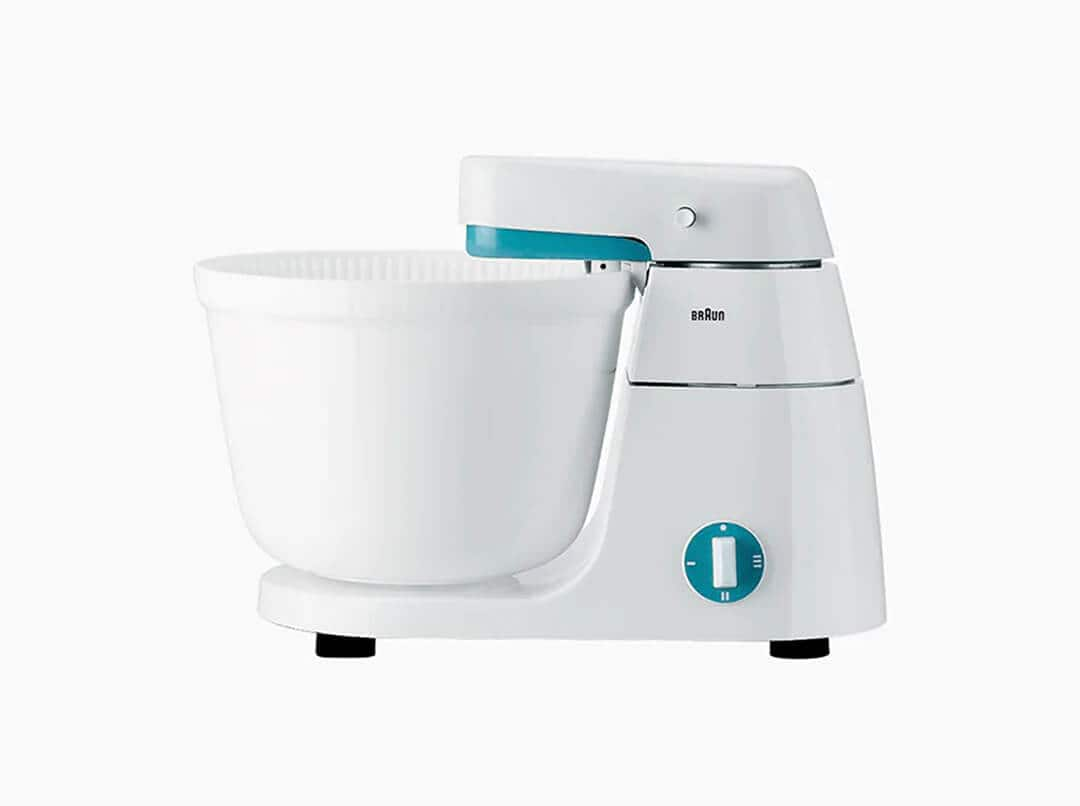
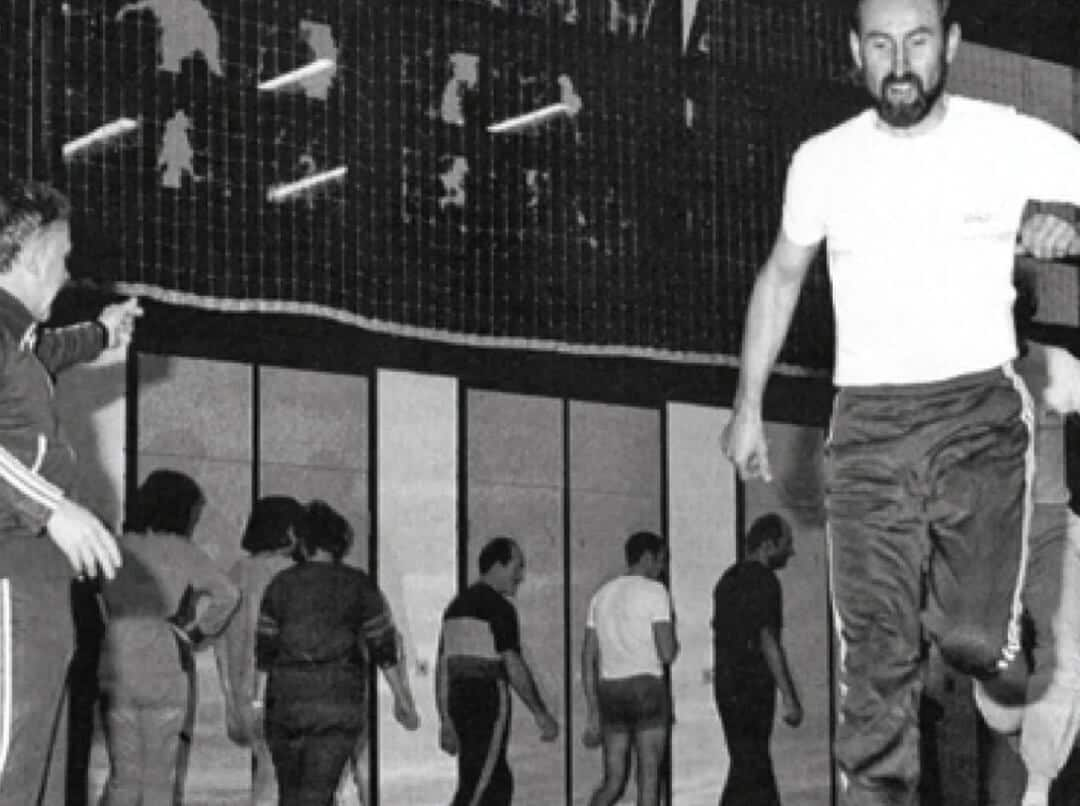

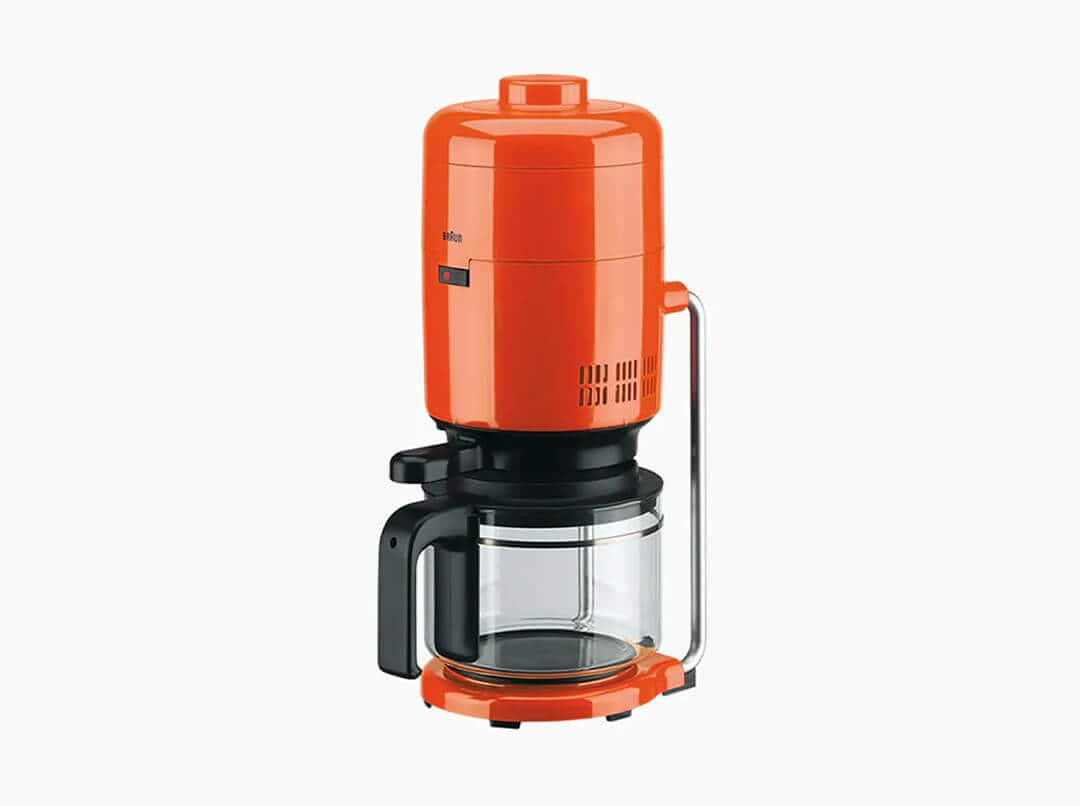

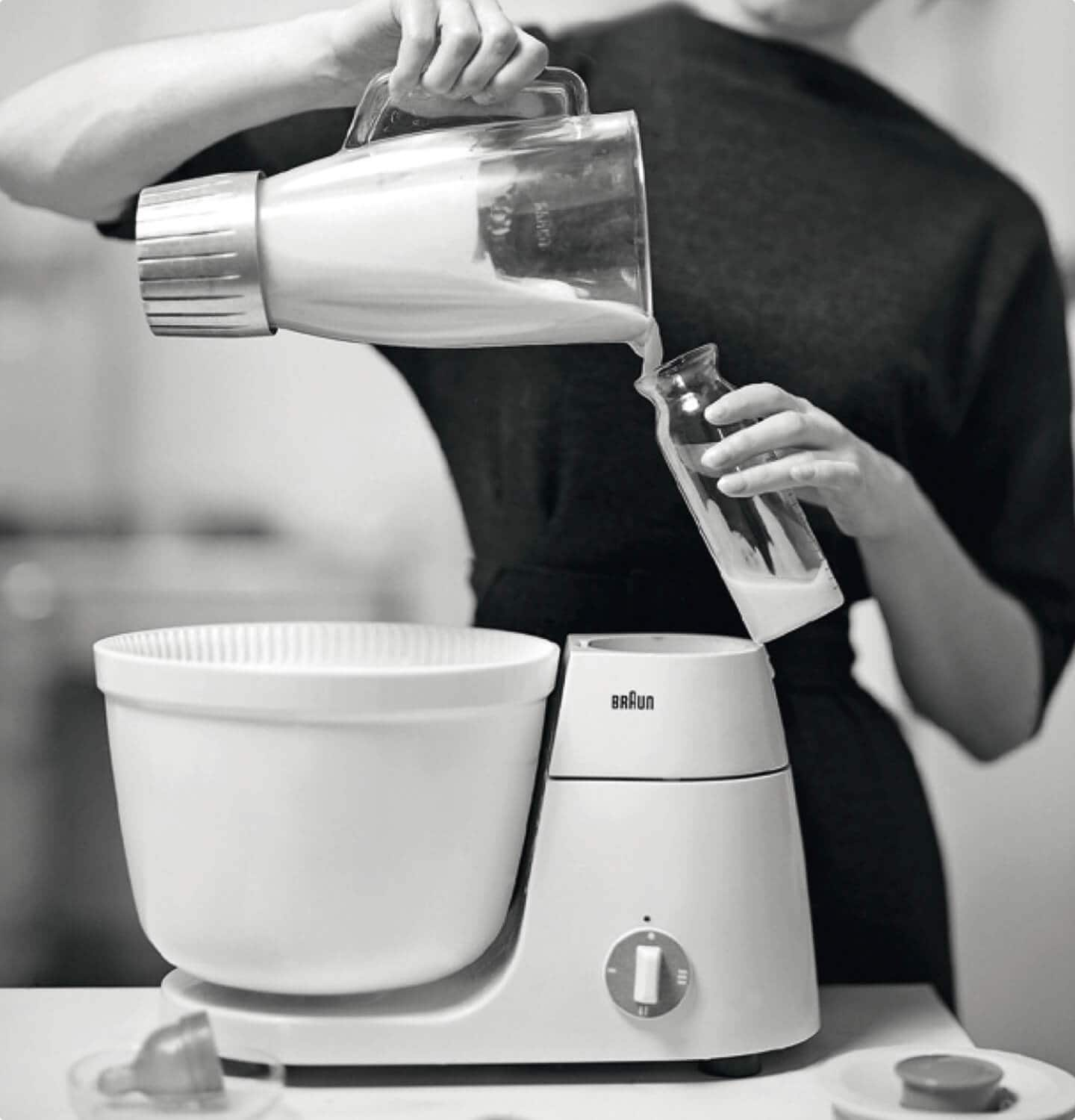
Hired as an architect for redesigning Braun’s office Dieter Rams became one of the leading designers, who developed Braun’s memorable design language and defined the 10 principles of good design, a design manual that is still relevant today.
1 Good design is innovative.
The possibilities for innovation are not, by any means, exhausted. Technological development is always offering new opportunities for innovative design.

2 Good design makes a product useful.
A product is bought to be used. It has to satisfy certain criteria, not only functional, but also psychological and aesthetic. Good design emphasises the usefulness of a product whilst disregarding anything that could possibly detract from it.
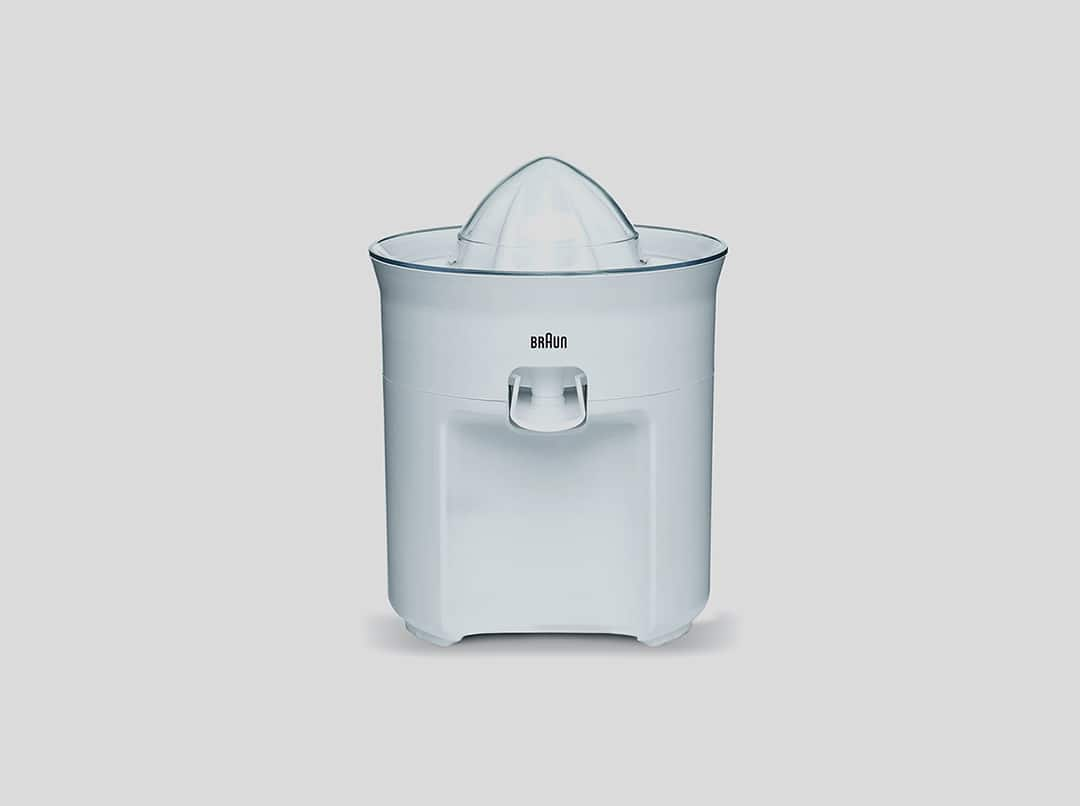
3 Good design is aesthetic.
The aesthetic quality of a product is integral to its usefulness because products we use every day affect our person and our well-being. But only well-executed objects can be beautiful.
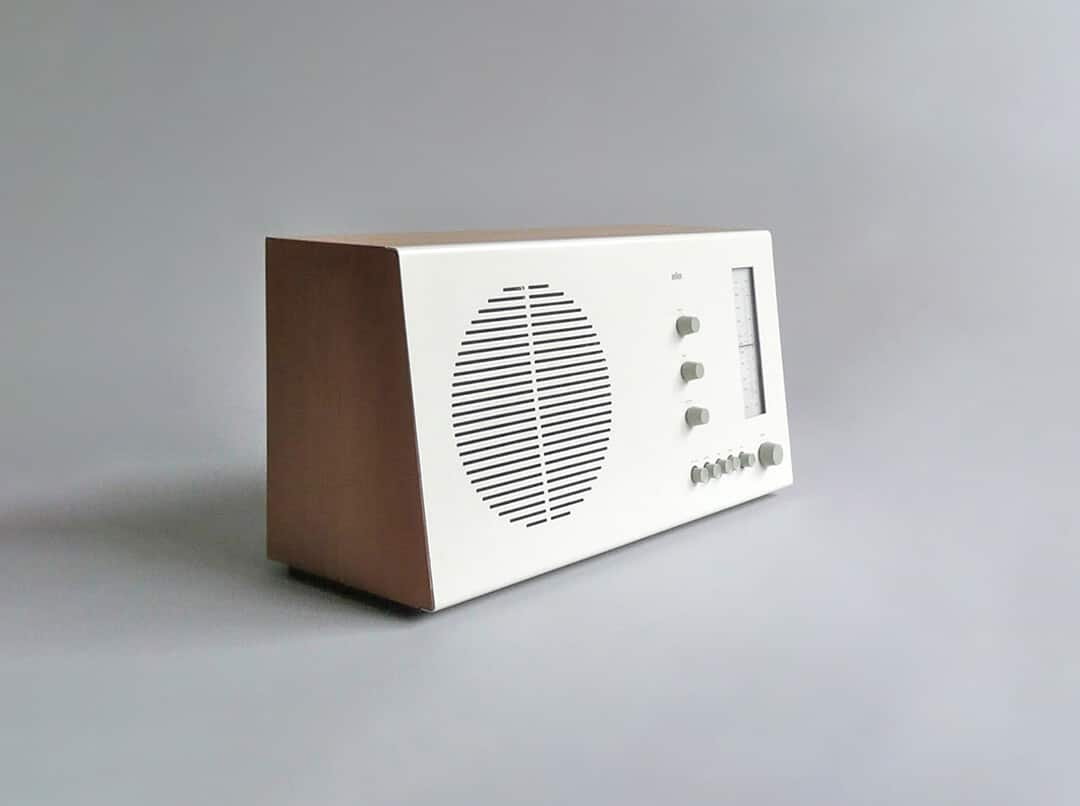
4 Good design makes a product understandable.
It clarifies the product’s structure. Better still, it can make the product talk. At best, it is self-explanatory.
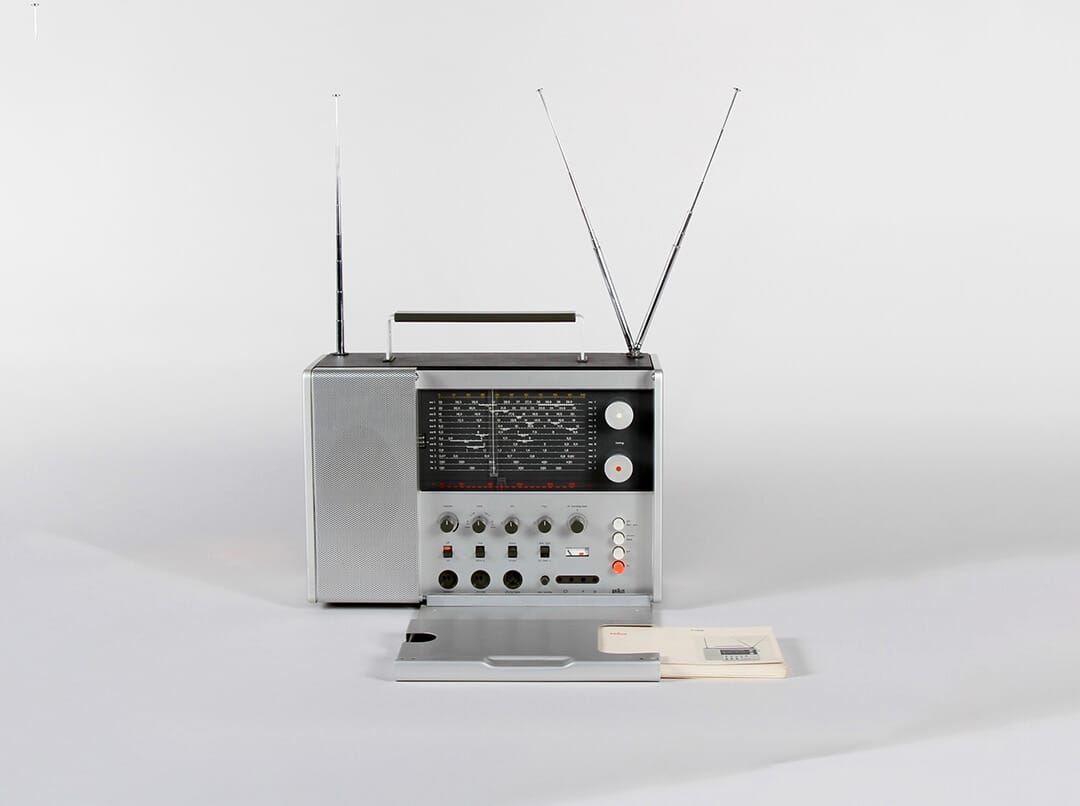
5 Good design is unobtrusive.
Products fulfilling a purpose are like tools. They are neither decorative objects nor works of art. Their design should therefore be both neutral and restrained, to leave room for the user’s self-expression.
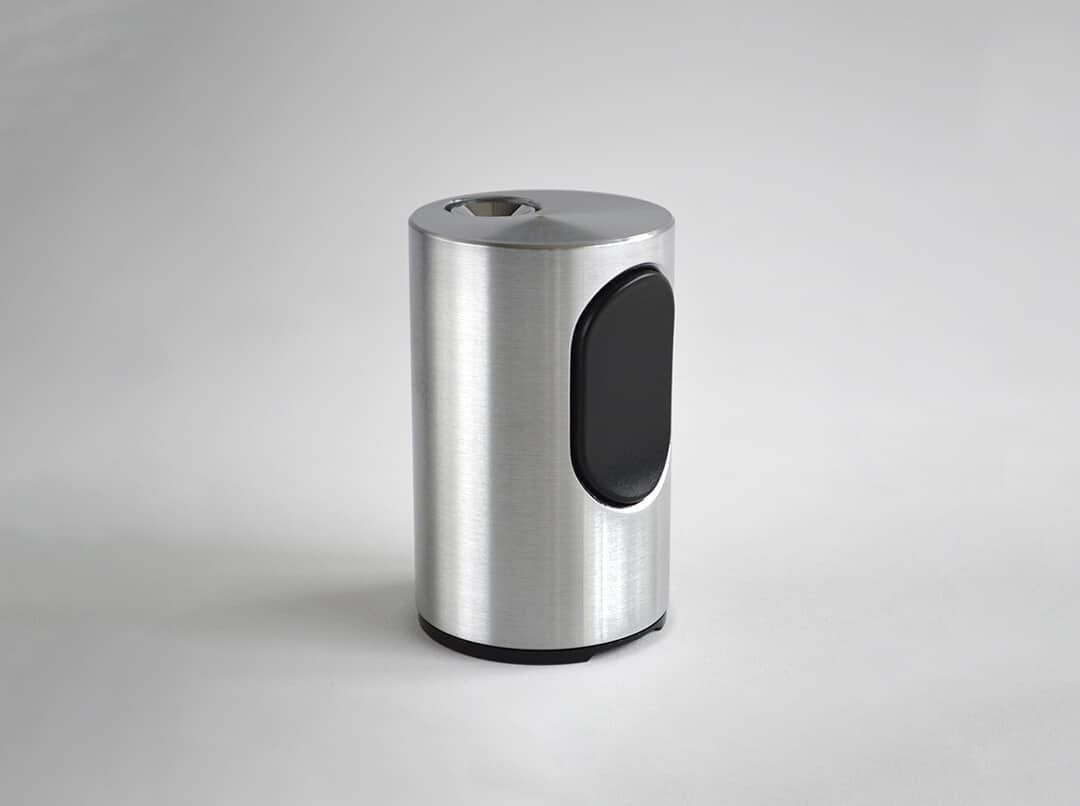
6 Good design is honest.
It does not make a product more innovative, powerful or valuable than it really is. It does not attempt to manipulate the consumer with promises that cannot be kept.
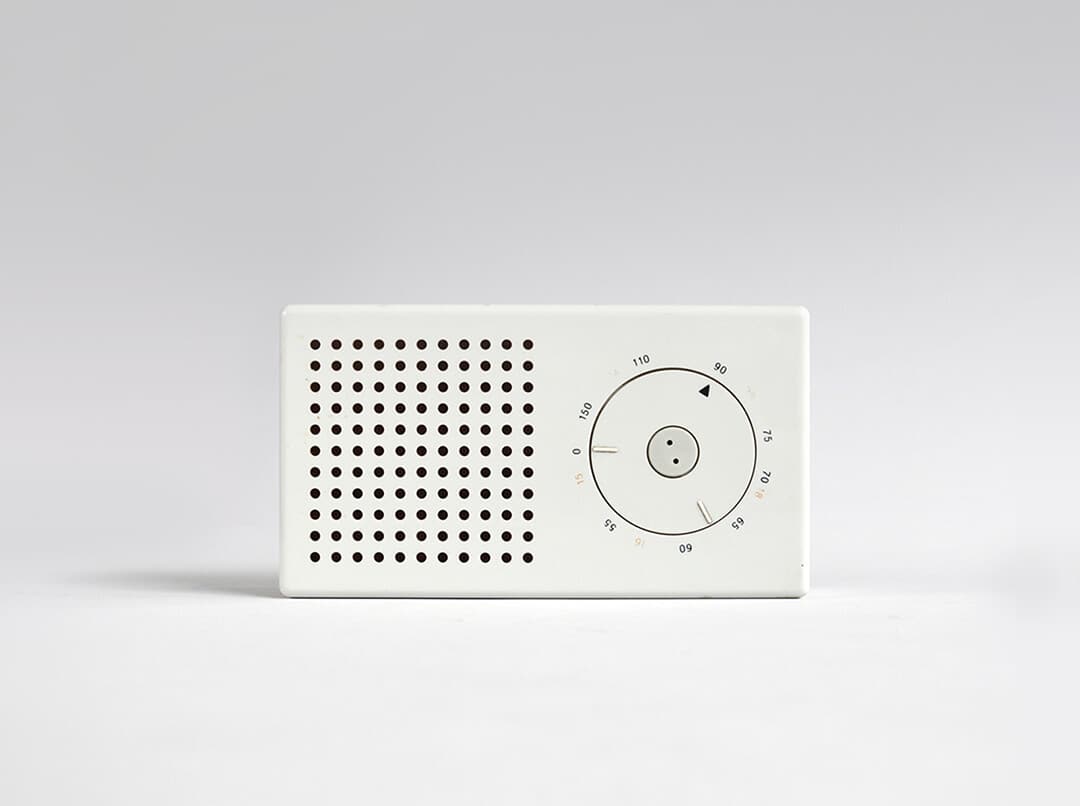
7 Good design is long-lasting.
It avoids being fashionable and therefore never appears antiquated. Unlike fashionable design, it lasts many years - even in today’s throwaway society.
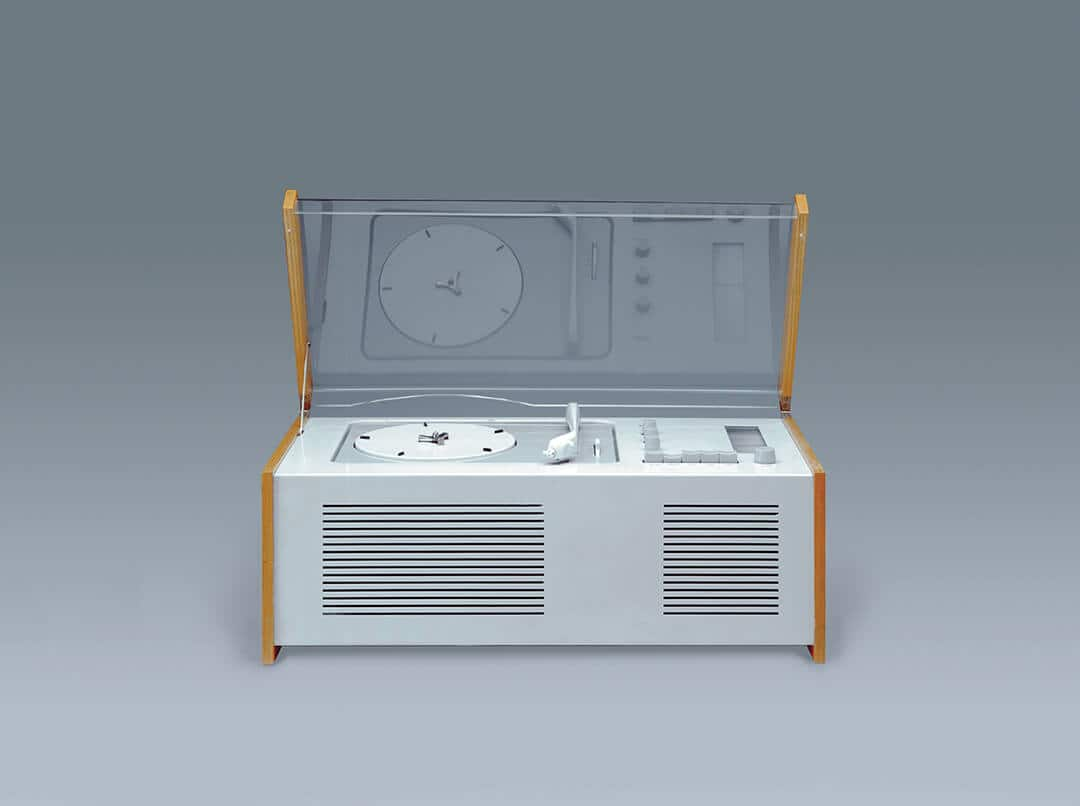
8 Good design is thorough to the last detail.
Nothing must be arbitrary or left to chance. Care and accuracy in the design process show respect towards the consumer.

9 Good design is environmentally friendly.
Design makes an important contribution to the preservation of the environment. It conserves resources and minimises physical and visual pollution throughout the lifecycle of the product.
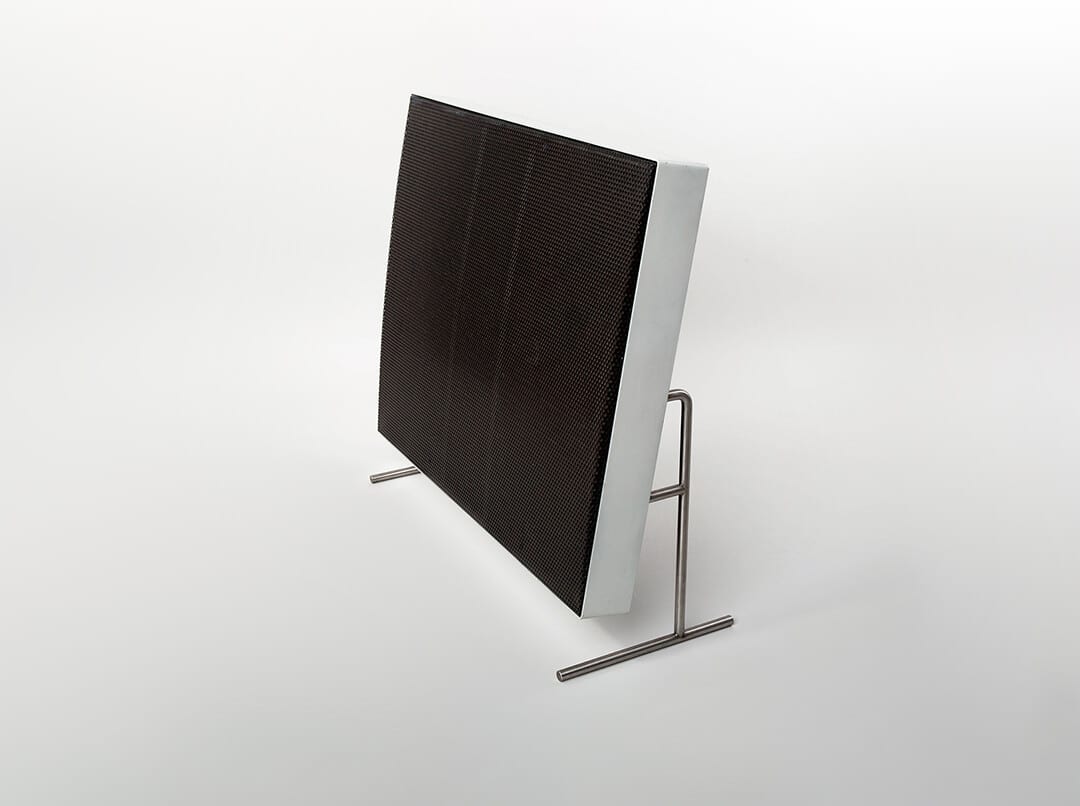
10 Good design is as little design as possible.
Less, but better - because it concentrates on the essential aspects, and the products are not burdened with nonessentials. Back to purity, back to simplicity.
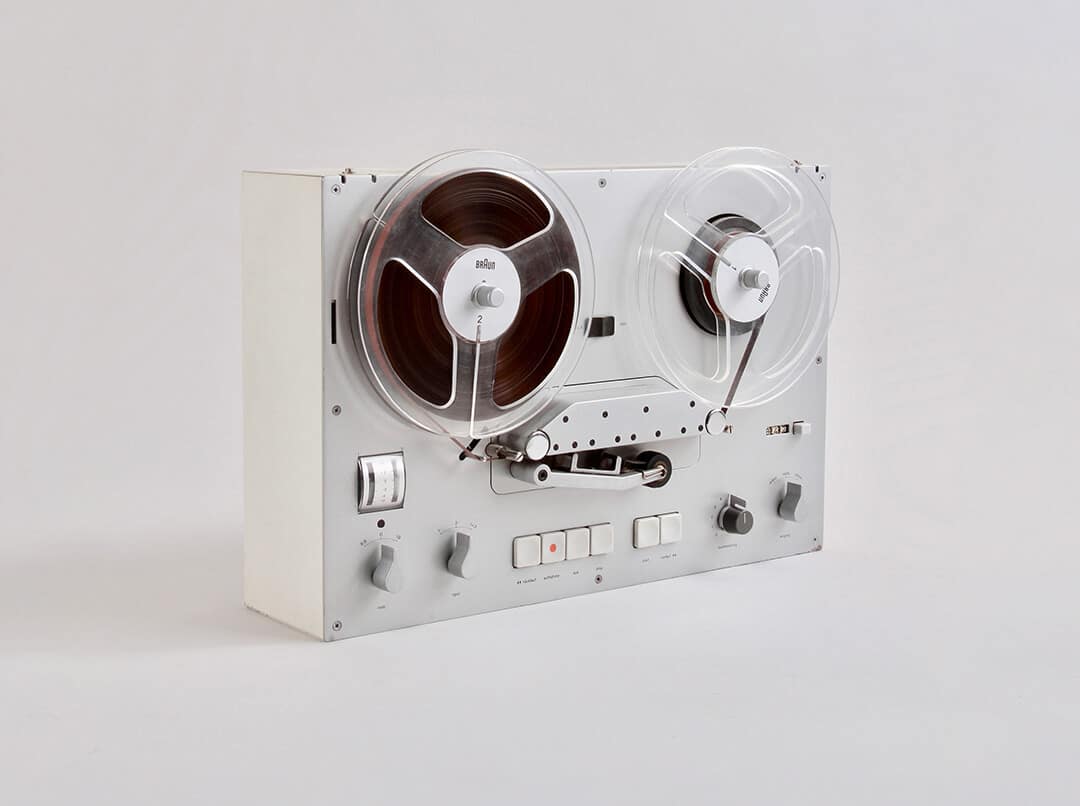
1953 | Braun Factory
Braun Multimix Blender
The 50's established the milkshake as a western staple, enabled in part by the Multimix, the state-of-the-art blender with a detachable mixing glass container. It cuts ingredients with industrial-grade efficacy. Still widely in use today.
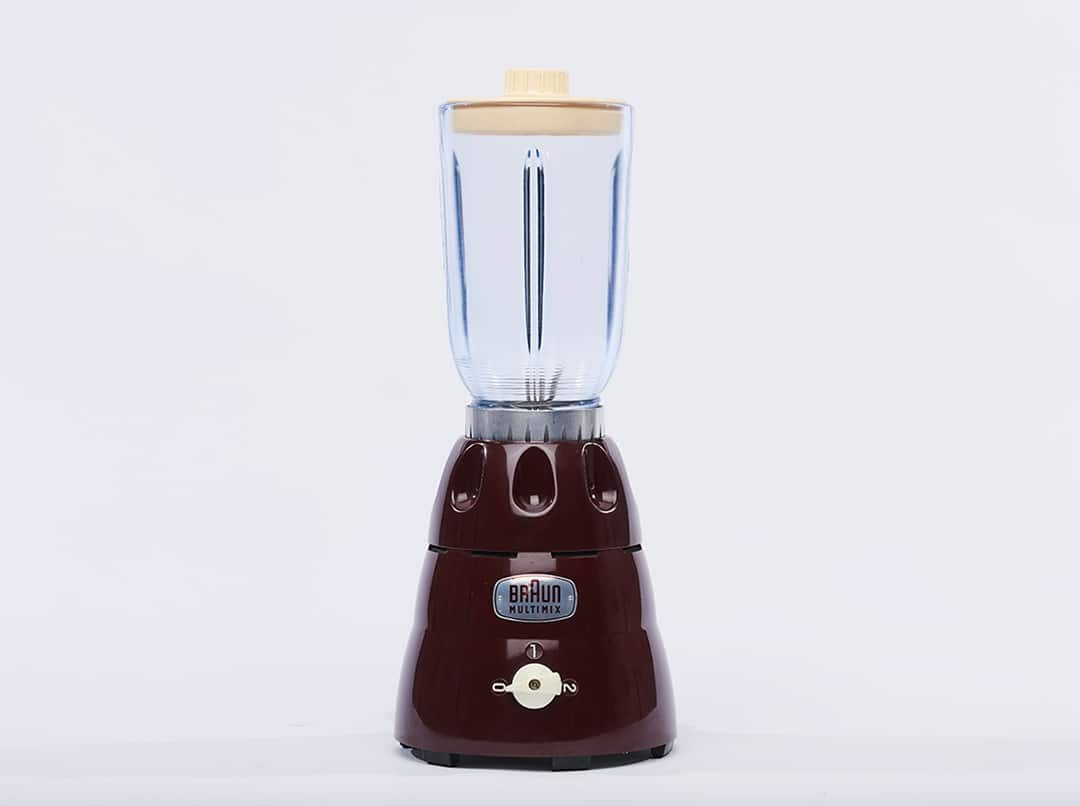
1957 | Gerd Alfred Müller
KM3/31
A hugely influential blender or “food processor” as it was known that birthed a whole new product category: “kitchen machines” or appliances. With its hyper-reduced, simple and useful design one of the most influential industrial products of all time.
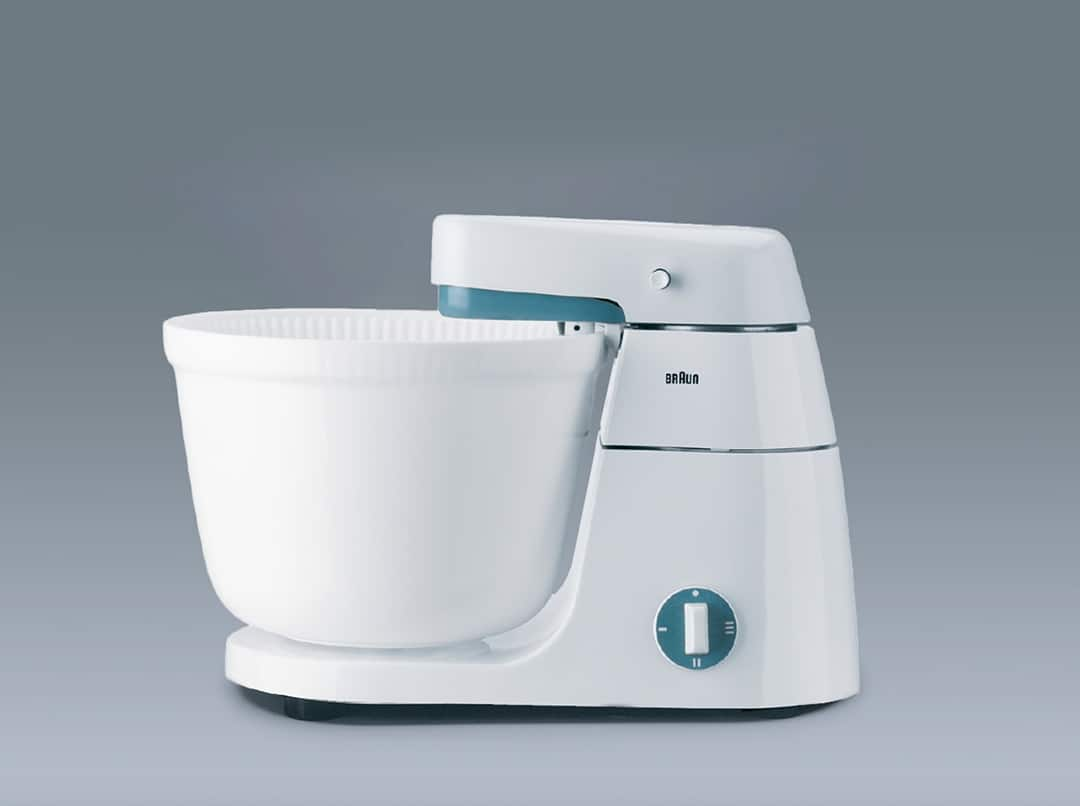
1963 | Reinhold Weiss
KSM 1/11
Design doesn’t get much more minimalistic than this: a coffee grinder so purpose-built it needed just one, centrally placed button to operate. Finely ground beans were just a finger click away.
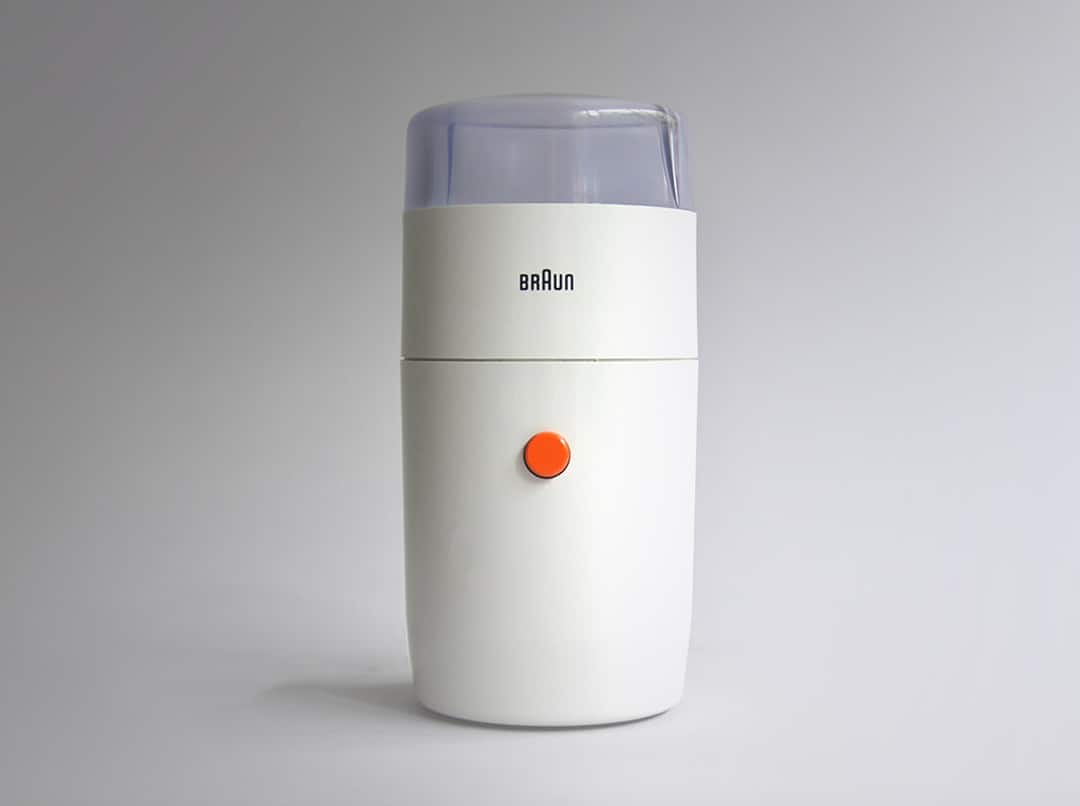
1963 | Reinhold Weiss
HT 2
Il design elegante e ridotto di questo tostapane ha ispirato il rinomato artista Richard Hamilton che su questo design ha addirittura basato una delle sue opere (intitolata giustamente “Toaster”). Non da ultimo, tostava il pane alla perfezione.
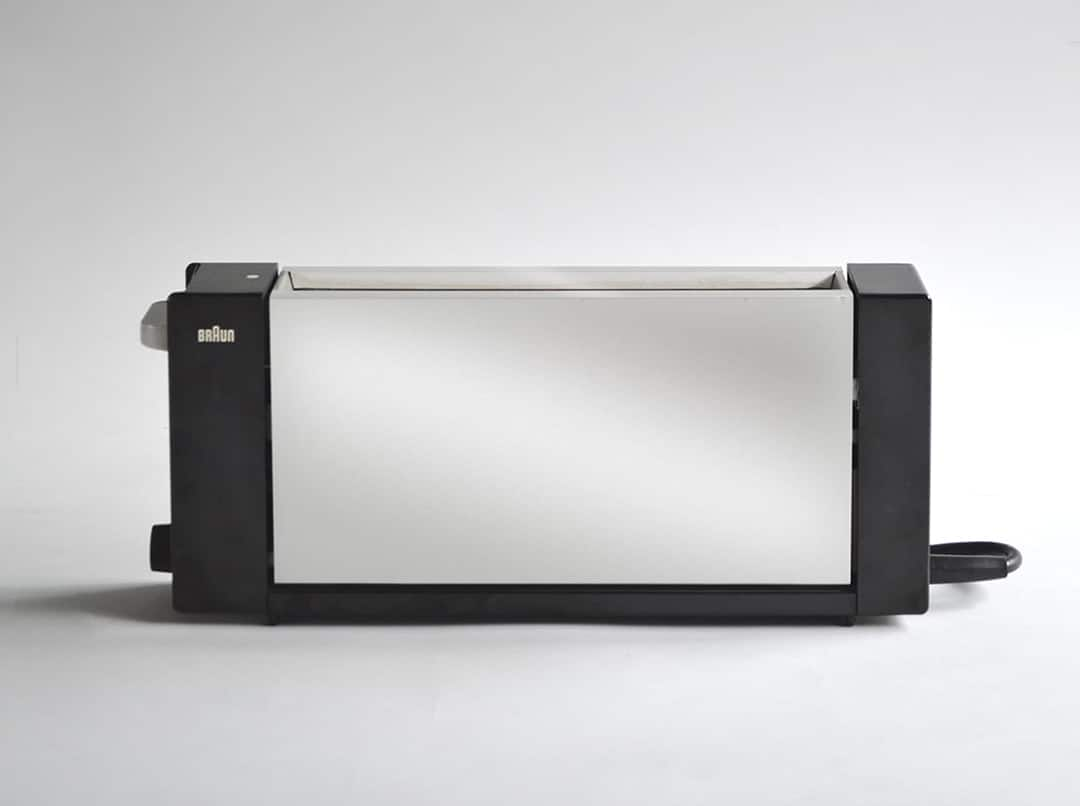
1972 | Florian Seiffert
KF 20
Con un design verticale sovrapposto simile a una torre dell’acqua, la KF 20 era nota come l’Aromaster. Questa macchina da caffè, subito riconoscibile per la sua forma inconfondibile, ha aggiunto un tocco di originalità al caffè filtrato del mattino.
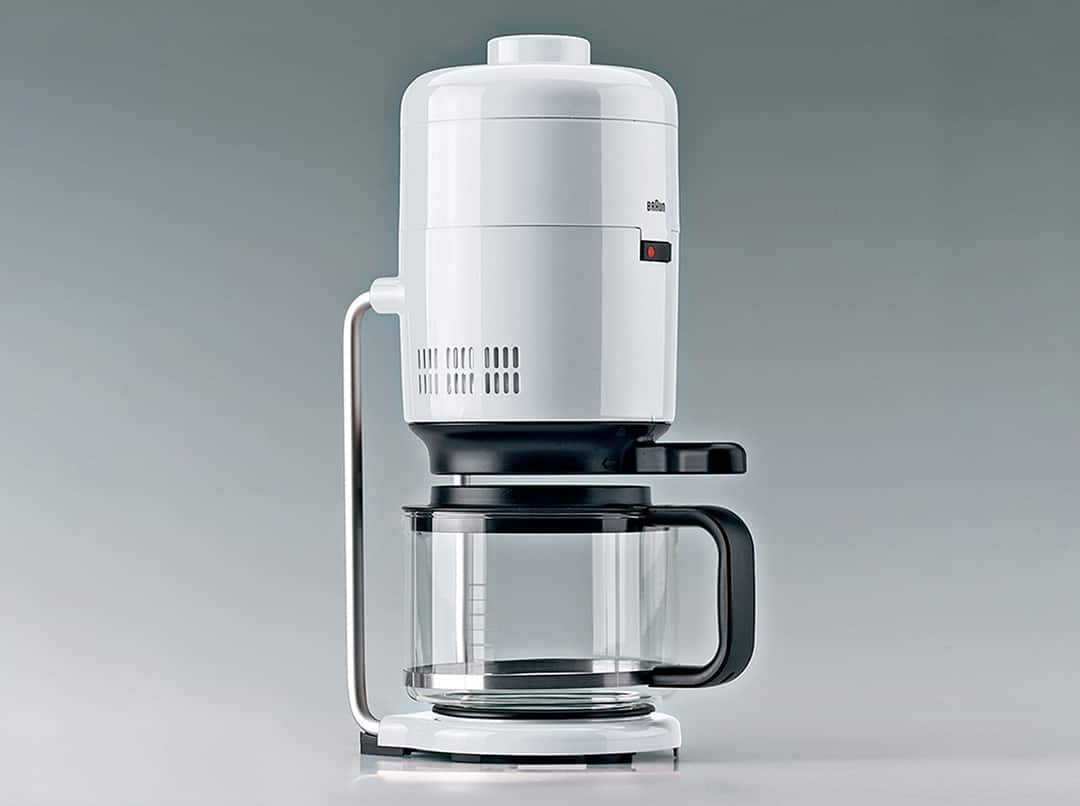
1972 | Jürgen Greubel, Dieter Rams
MPZ 22
Questo spremiagrumi elettrico, noto anche come citromatico, è stato per decenni un punto fermo affidabile e incredibilmente facile da pulire in tutte le cucine. È stato solo dopo oltre vent’anni che Braun ha deciso di aggiornare il design originale.
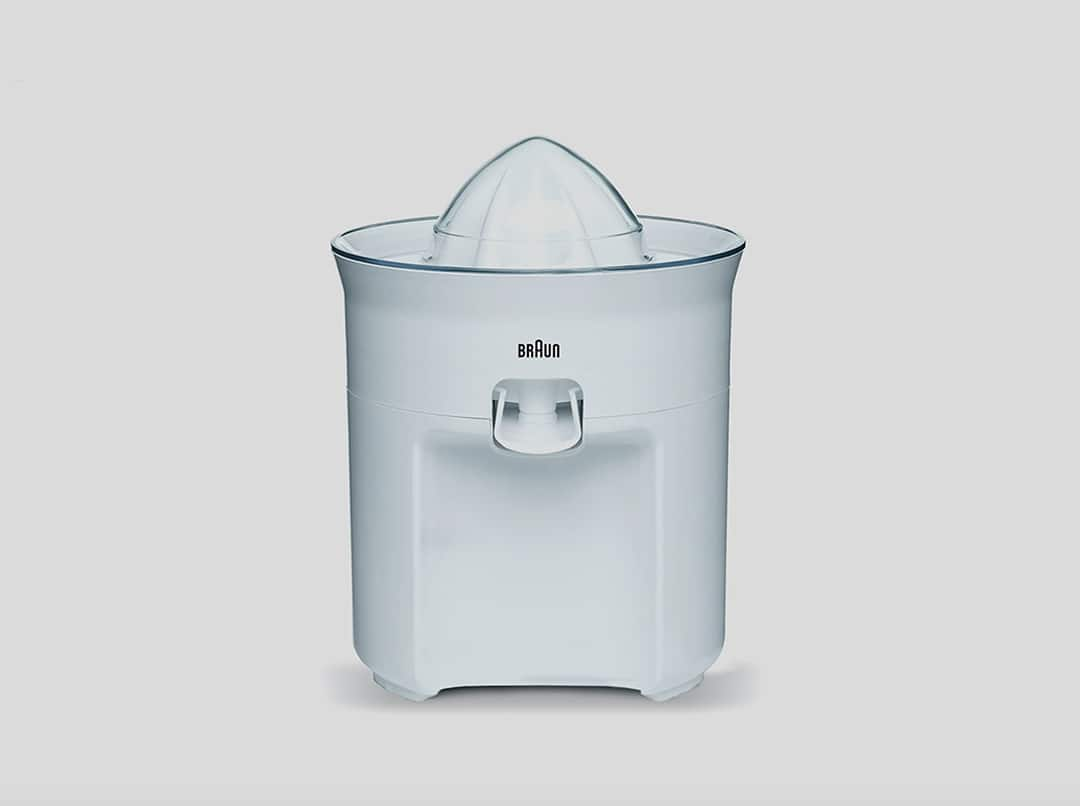
1981 | Ludwig Littmann
MR 6
Précurseur du MR 500, plus sophistiqué, le MR 6 robuste et résistant pouvait mélanger des aliments que d’autres appareils ne pouvaient pas manipuler. Une étape importante sur la voie du perfectionnement des mixeurs portatifs.
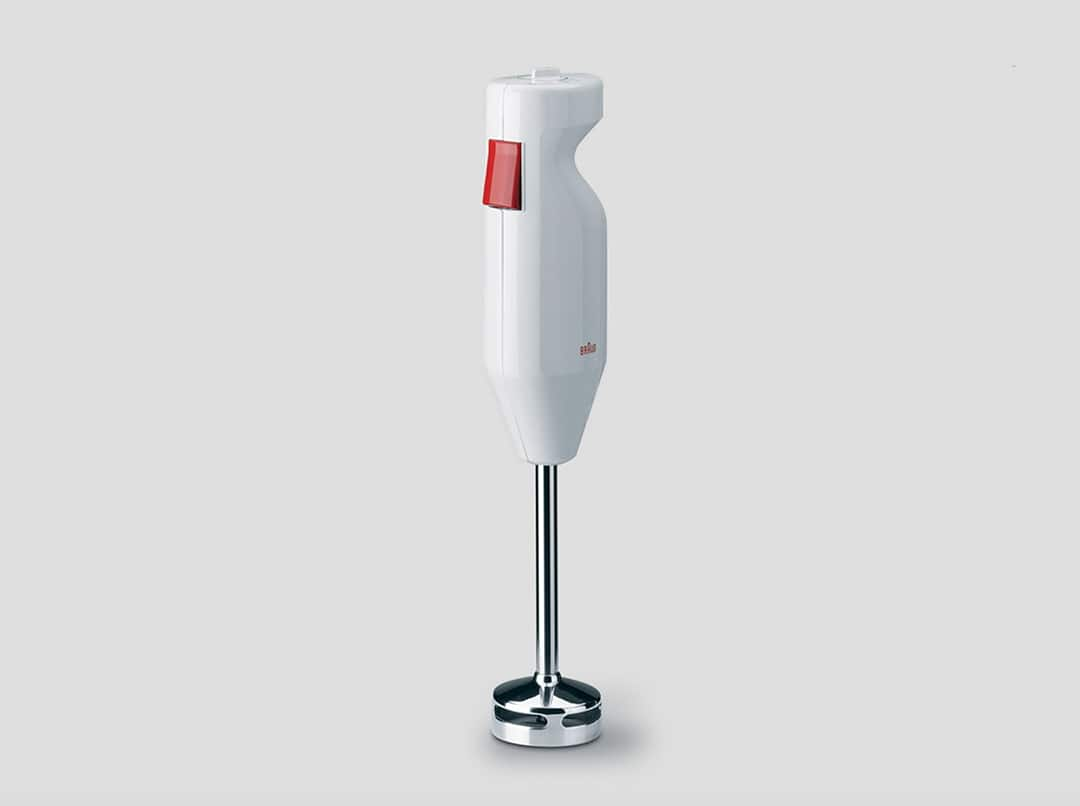
1984 | Hartwig Kahlcke
KF 40
Cette cafetière électrique fit polémique chez Braun, en raison du choix du polypropylène rentable et non du polycarbonate plus solide généralement utilisé par Braun. La surface ondulée du KF 40 signe dès lors le design précurseur de Dieter Rams.

2016 | Markus Orthey, Ludwig Littmann
MultiQuick 9
Un mixeur plongeant polyvalent qui réunit les fonctionnalités des plus grands appareils de cuisine en un simple petit appareil. Le parti pris d’un design minimaliste : compact et puissant.
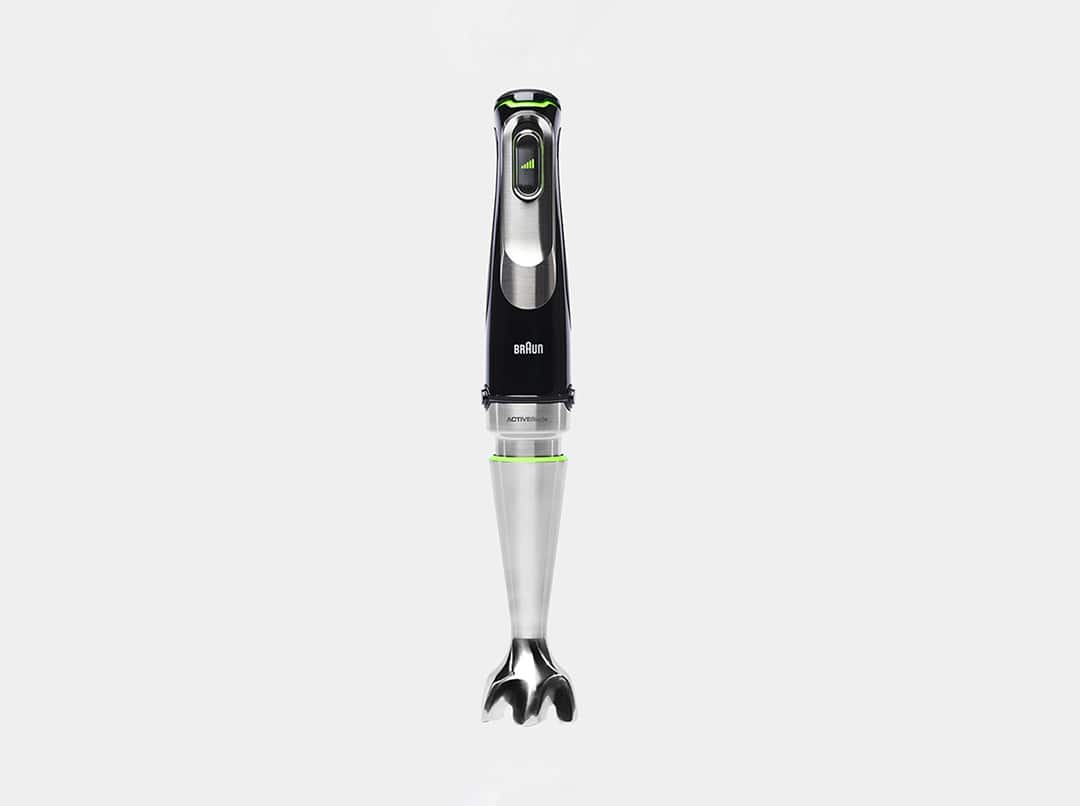
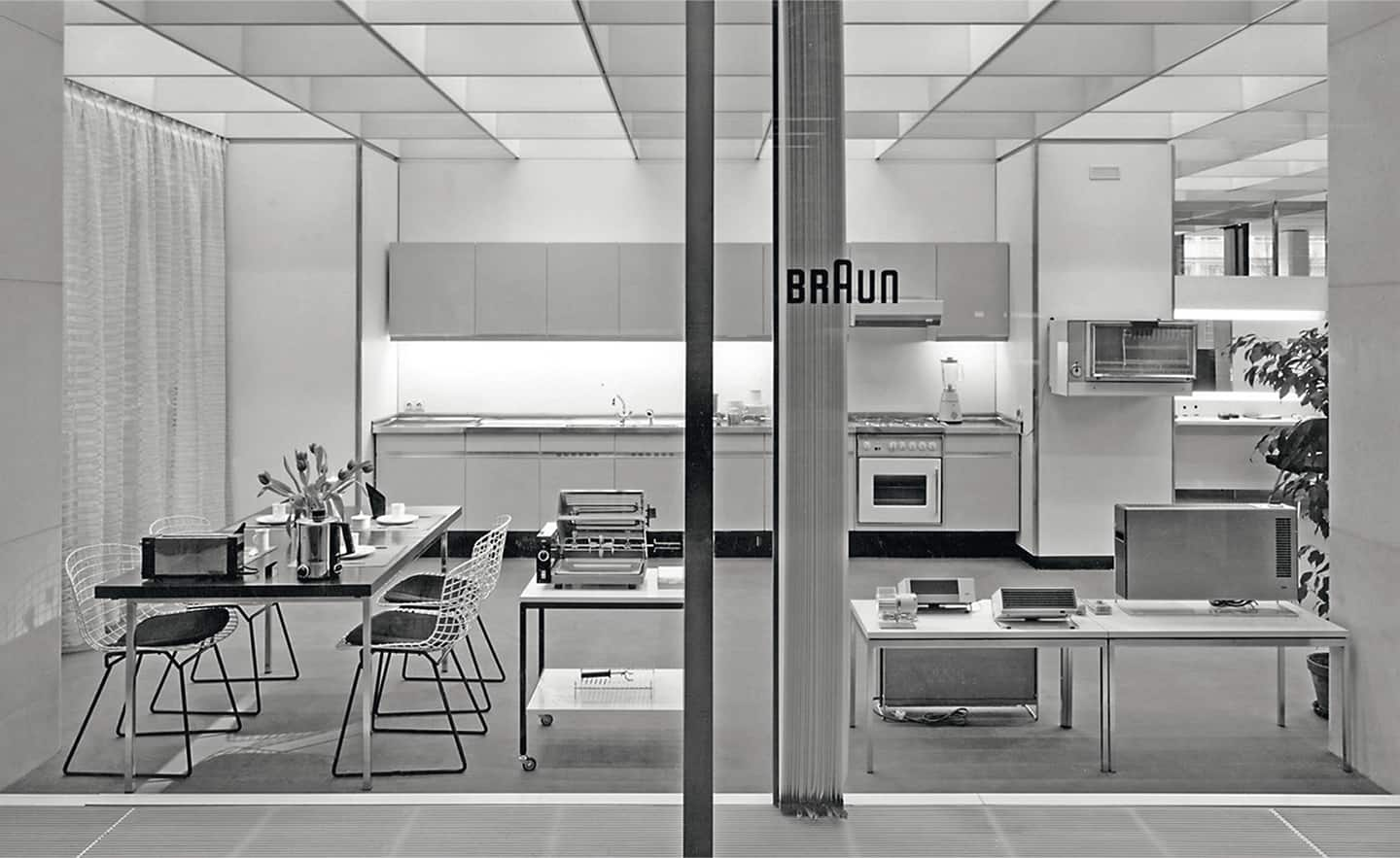
日本
ここをクリックして、グローバルウェブサイトにアクセスしてください。
